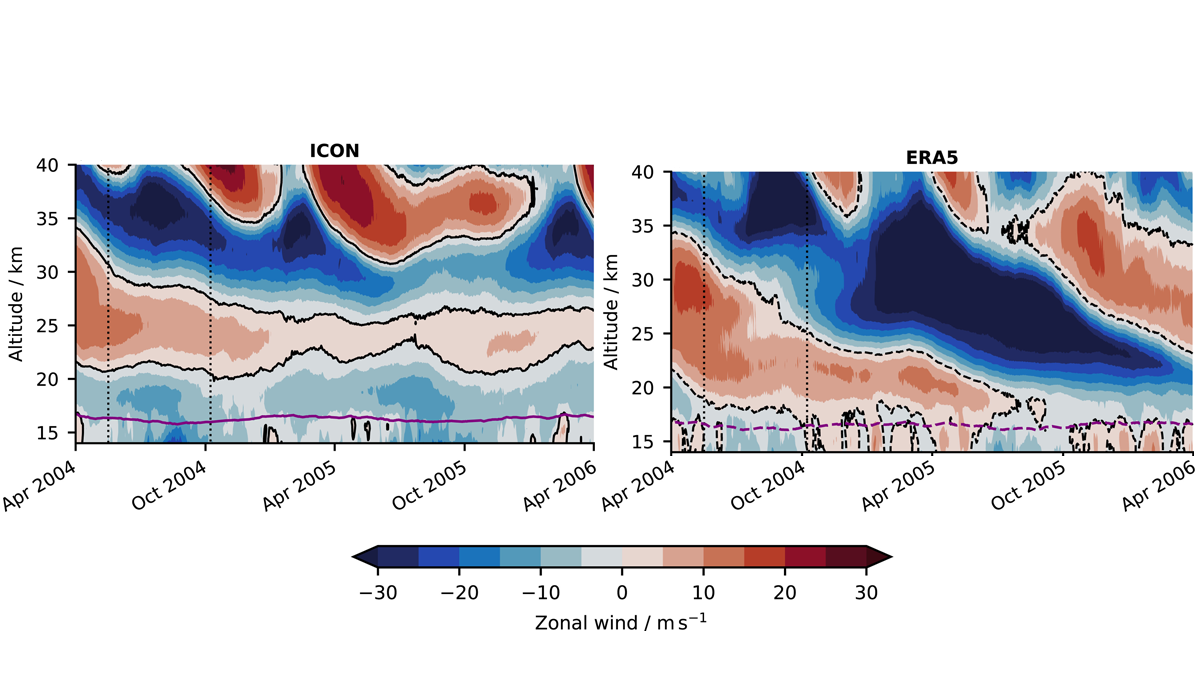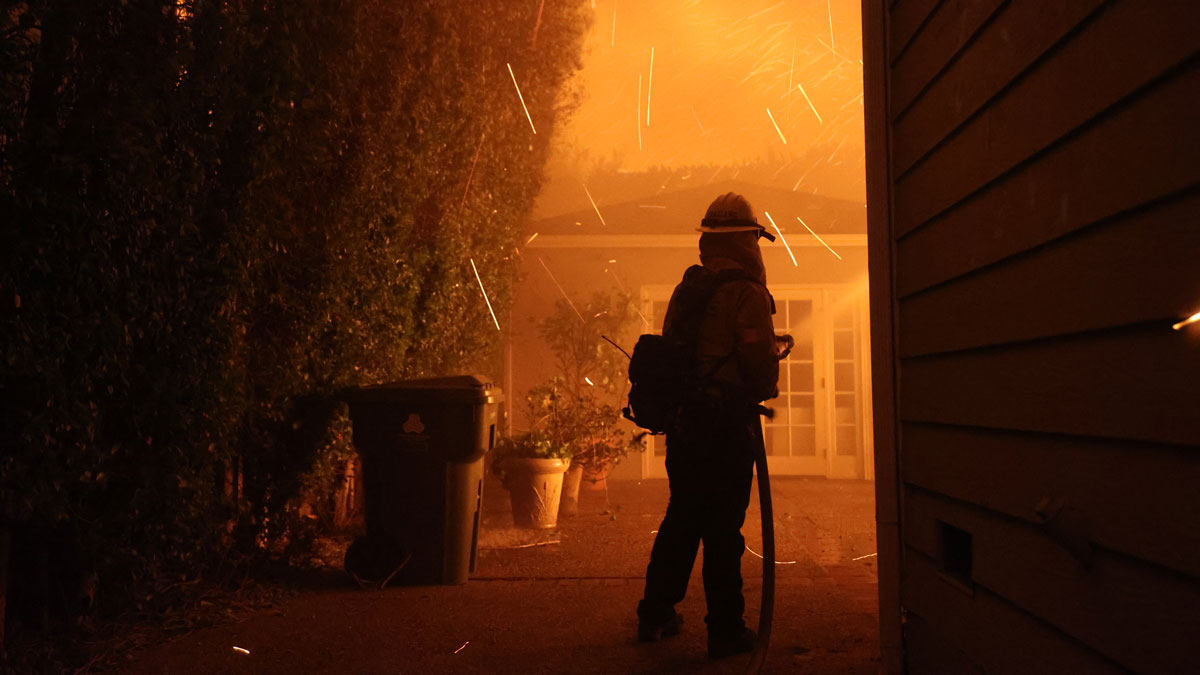Wind vibrations measured by NASA’s InSight mission seismometer are mapped into wind speed and direction to detect major annual weather patterns and open new possibilities for planetary instrumentation.
wind
Simulating a Unique Wind System in a Kilometer-Scale Model
A new study shows that a kilometer-scale model can directly simulate aspects of the Quasi-Biennial Oscillation.
How Much Did Climate Change Affect the Los Angeles Wildfires?
High heat, dry fuel, and strong winds drove the Palisades and Eaton blazes.
Las tormentas están tirando cada vez más árboles
La cantidad de árboles derribados por el viento ha incrementado casi cuatro veces en la región, probablemente por tormentas más fuertes.
Storms Are Knocking Down More and More Trees in the Amazon
Windthrows have increased nearly fourfold in the region, likely because of stronger storms.
The North Atlantic Is Getting Saltier
The Atlantic is already the saltiest of Earth’s oceans, and parts of it are getting saltier. Winds and warming may be to blame.
Unlocking the Power of Synthetic Aperture Radar for Geosciences
Due to its unique ability to monitor Earth’s surface, Synthetic Aperture Radar plays a pivotal role in revolutionizing the geosciences.
Air-Ice-Ocean Coupling Observed in an Arctic Cyclone Event
New observations show detailed features of the ice-ocean response to a strong Arctic cyclone in the winter of 2019-2020.
A Fast and Accurate Open-Source Atmospheric Transport Model
A new zonally-averaged atmospheric transport model will be useful for estimating emissions of ozone-depleting substances and greenhouse gases.
Dust Declines in Parts of Asia May Be Caused by the Warming Arctic
Rising Arctic temperatures have changed both wind patterns and precipitation in areas that carry dust to West and South Asia, but the change may not be permanent.










